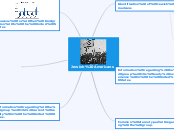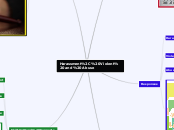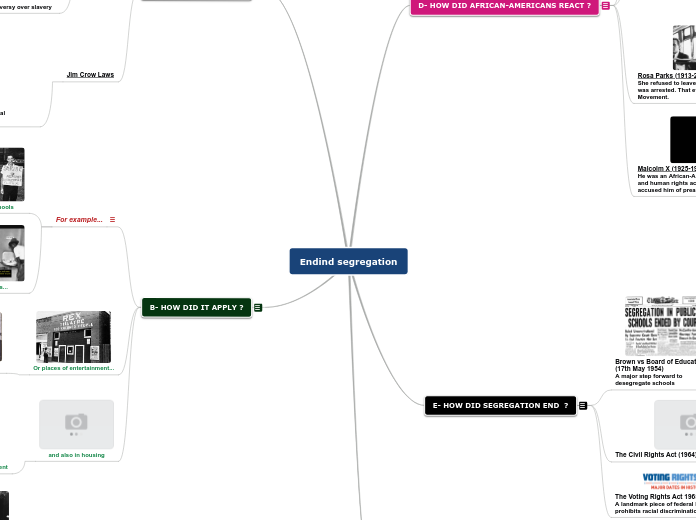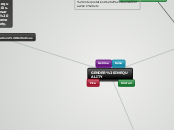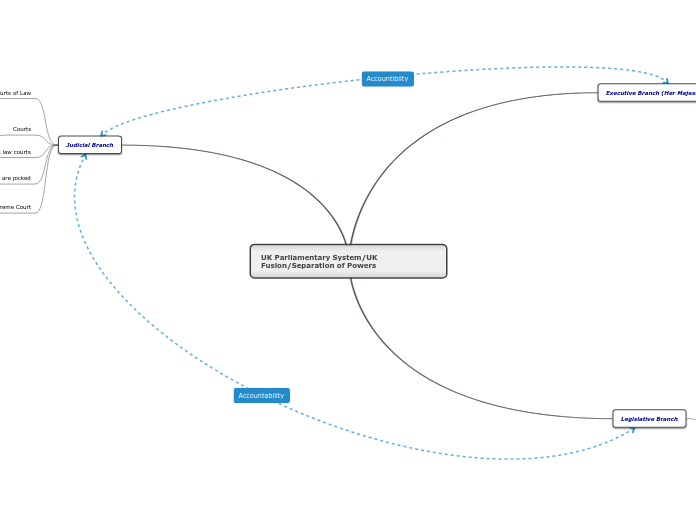by Loegan Anderson 6 years ago
236
Jewish Americans
Jewish Americans faced significant challenges and hostility during their early years in the United States. In the late 19th century, Jewish merchants in Mississippi and the South experienced violent attacks.
